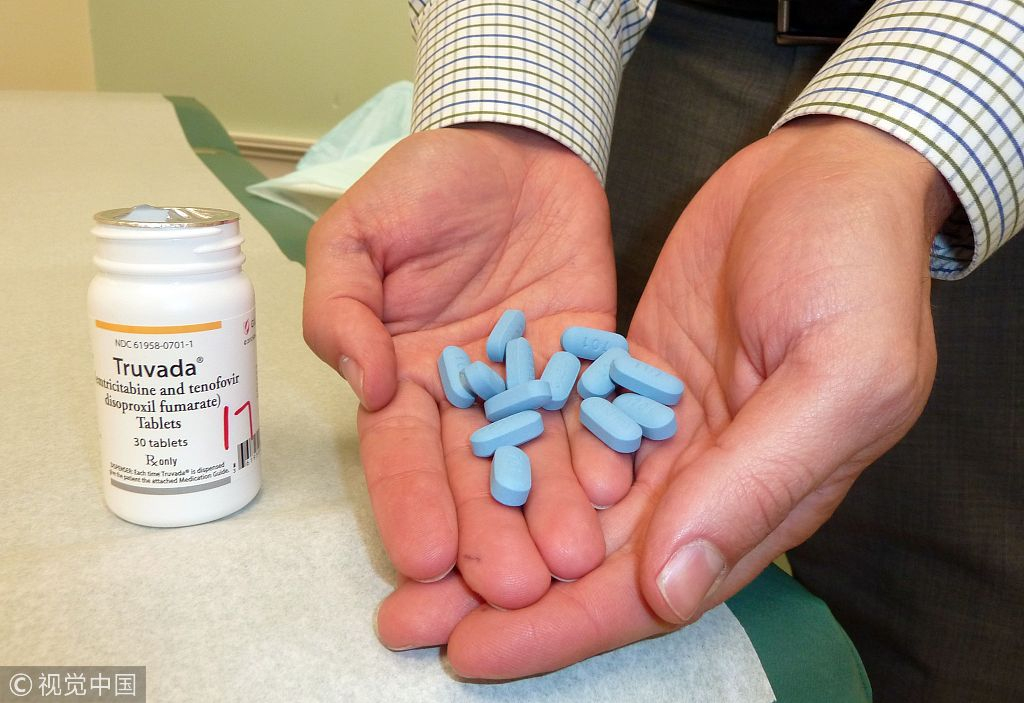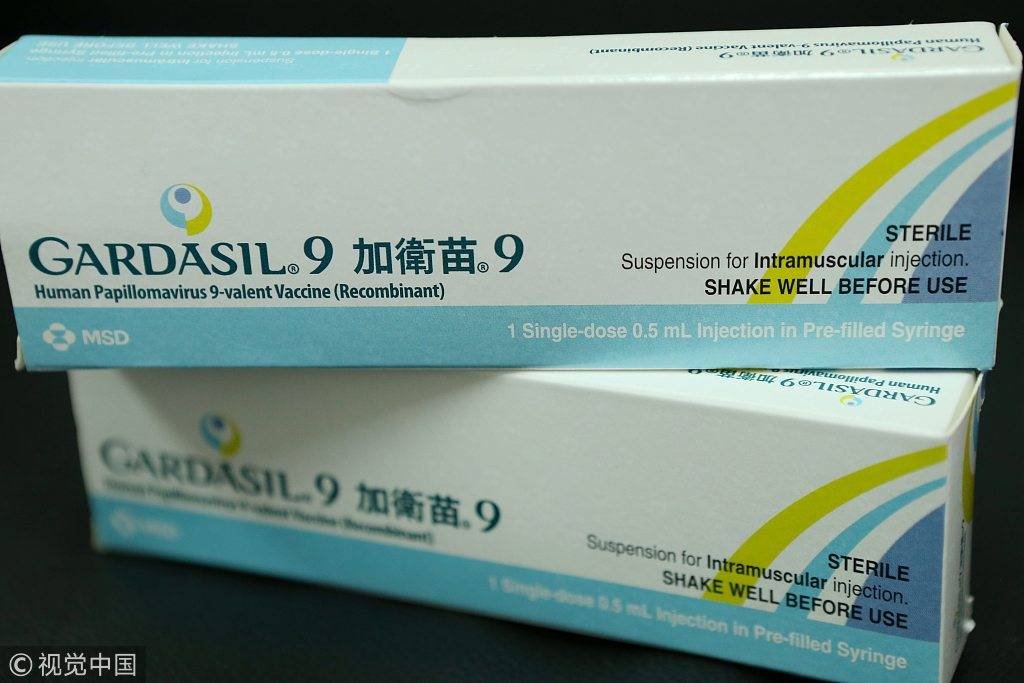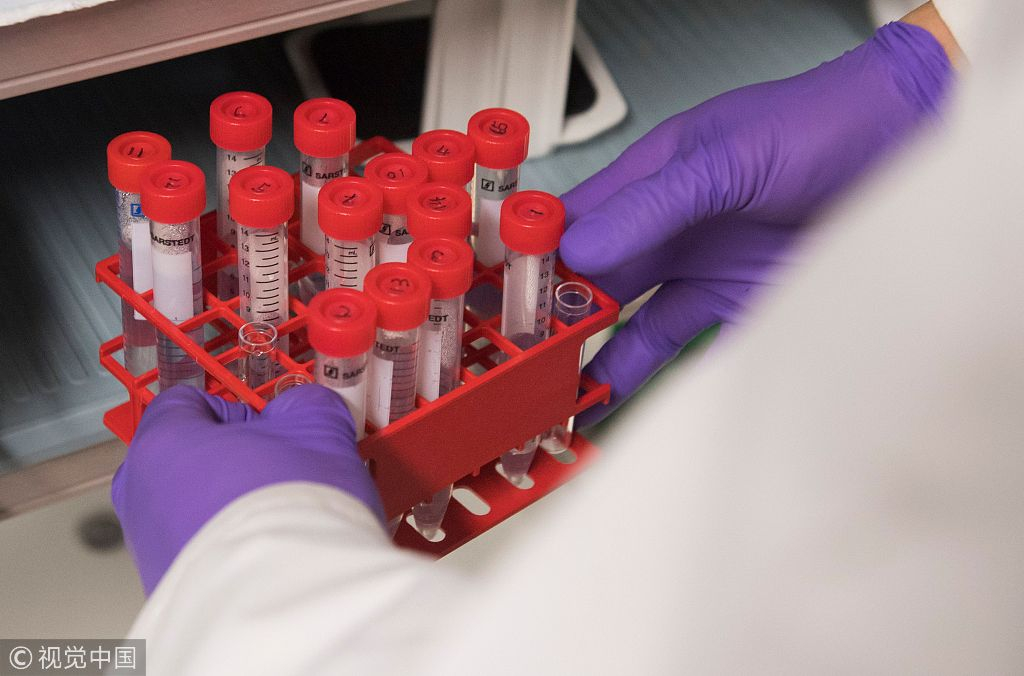
Opinion
09:24, 05-Feb-2019
Cancer prevention by early diagnostics
Allen Z. Wu

Editor's note: Professor Allen Z. Wu has a PhD and serves as director of the Center for Public Health Research Medical School, Nanjing University in China.
Cancers are deadly and cancers are on the rise. However, even the most effective therapies are of limited effectiveness against cancers, often prolonging life for a few months to a few years at best, and accompanied by a significant compromise in quality of life.
In addition to the limited therapeutic efficacy in dealing with most of the malignancies, the financial burden can be a serious challenge to the patient and his/her families, particularly in countries or regions where medical resources are limited and medical insurance coverage is low.
In China, families are quickly placed in a dire financial situation due to a family member's sickness and the cost of the medical service.
As we can all agree that prevention is the best intervention, and cancers too can be best dealt with through prevention.
Scores of good examples, such as non-smoking campaign, early diagnostics of breast cancer and pap smear test for cervical abnormality, provide ample evidence that simple and low-cost tests can be effective in finding out the potential risks of certain malignancies, prompting early intervention and saving lives.

A medical officer holds a handful of Truvada, the first pill recommended for HIV prevention in healthy people who are at high risk of getting HIV. /VCG Photo
A medical officer holds a handful of Truvada, the first pill recommended for HIV prevention in healthy people who are at high risk of getting HIV. /VCG Photo
Taking HPV infection as an example. Certain HPVs are the causative agents of cervical cancers, a deadly and common malignancy among women globally. An estimated 530,000 new cases of cervical cancers are identified worldwide every year.
Cervical cancer is caused by persistent cervical infection by high-risk HPVs, such as HPV type 16 and 18, among many others. Though HPV vaccine has provided high degrees of protection, the availability and the cost of the vaccines are limiting their broader reach to the needy population, particularly in the developing world.
In fact, pap smear test and the more sophisticated viral genotyping can provide useful diagnostics for early intervention. However, both tests are either not readily available or practical as common screening diagnostic tools in many resource-limited settings, such as developing countries or rural regions.
HPVs are characterized by their high prevalence and more than 100 different subtypes, among which only a handful of them are considered high-risk types.

HPV 9 vaccine. /VCG Photo
HPV 9 vaccine. /VCG Photo
A typical infection will be cleared within a year in about 80 percent of the individuals, and only those persistently infected will develop cervical neoplasia and malignancy, which is usually asymptomatic and typically takes years to develop.
Between the infection and malignancy, ample opportunity exists for medical intervention before the virus integrates into the human genome, which testifies to the importance of early diagnostics.
Ideally, an easy-to-use, low-cost and end-user operated diagnostic device will allow the users to conduct tests at home or in privacy whenever they need and direct them to seek medical interventions when this self-test turns positive.
This will be particularly meaningful to China, where almost one-half of the world's cervical cancer cases are identified annually and early diagnostic prevention is almost nonexistent.
An additional benefit is that such a diagnostic device can also be used by men who are likely the vector for the transmission, which should help to reduce transmission in the long run.

A biologist works on immunotherapy for HPV+ cancers in a lab in Bethesda, Maryland, February 7, 2018. /VCG Photo
A biologist works on immunotherapy for HPV+ cancers in a lab in Bethesda, Maryland, February 7, 2018. /VCG Photo
There are many other malignancies that impact our daily life and pose significant public health challenges to our society. We should prioritize our prevention strategies and allocate resources for scientific research and development of diagnostic technologies, in addition to other public measures.
Under the auspices of the United Nations, the World Health Organization (WHO) has been developing guidelines for self-care and promoting user-initiated intervention that aims to improve healthcare for a broader population. Diagnostics operated by end users will play vital roles in fulfilling this grand goal.
Along with the advent of more effective therapeutics, state-of-the-art early diagnostics and preventive intervention may not make the cancers less deadly but surely make them fewer.
(If you want to contribute and have specific expertise, please contact us at opinions@cgtn.com.)

SITEMAP
Copyright © 2018 CGTN. Beijing ICP prepared NO.16065310-3
Copyright © 2018 CGTN. Beijing ICP prepared NO.16065310-3